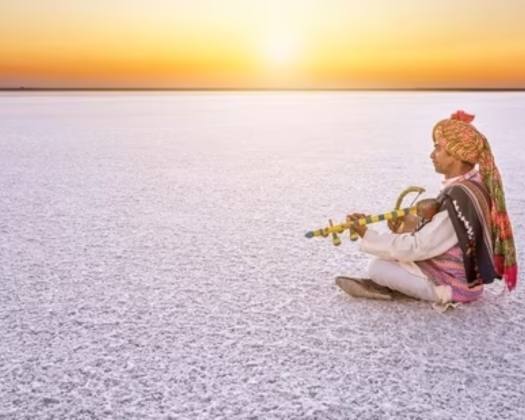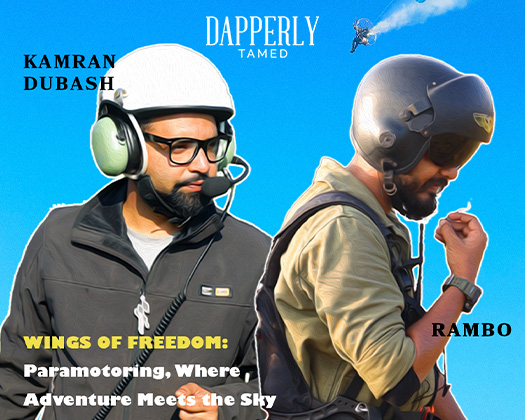Lohri 2024: Unveiling the Traditions, Dates, and Puja Timings
The festive air in Haryana and Punjab becomes charged with anticipation as the vibrant festival of Lohri approaches. Celebrated with exuberance and zest, this auspicious occasion holds great significance for the Hindu and Sikh communities. Known as Lohadi or Lal Loi, Lohri marks the culmination of winter and is observed with rituals like lighting bonfires, offering prayers, and sharing festive treats. In this comprehensive guide, we explore the traditions, dates, and puja timings for Lohri 2024.
Lohri 2024: Dates of Celebration
One aspect causing a buzz this year is the uncertainty surrounding the exact date of Lohri. The question on everyone's mind is whether it falls on January 13 or January 14. According to Drik Panchang, Lohri in 2024 is scheduled for Sunday, January 14. This distinction becomes crucial as it also influences the celebration of the related festival, Makar Sankranti, expected on Monday, January 15, 2024.
Puja Timings for Lohri 2024
To partake in the Lohri festivities with utmost reverence, it is essential to be aware of the puja timings. As per Drik Panchang, the key timings for Lohri puja in 2024 are as follows:
• Tritiya Tithi: Up to 07:59 AM, January 14
• Chaturthi Tithi: Up to 04:59 AM, January 15
• Brahma Muhurta: 05:27 AM to 06:21 AM
• Abhijit Muhurta: 12:09 PM to 12:51 PM
Why is Lohri Celebrated?
Lohri isn't merely a festival; it is a celebration deeply rooted in agrarian traditions and the changing seasons. As the festival aligns with the sowing and harvesting of crops, it symbolises gratitude for a successful harvest and the anticipation of warmer days. Falling just a day before Makar Sankranti, Lohri holds significance in heralding the shift towards longer days and shorter nights. The ceremonial bonfire lit during Lohri mirrors this transition.
Lohri Rituals and Traditions
• Bonfire Ritual: Lighting a bonfire using wood and cow dung cakes is central to Lohri celebrations. It symbolises the energy of the Sun God and Agni Devta.
• Offerings to the Fire: Participants perform parikrama around the bonfire, offering sesame seeds, jaggery, gajak, rewdi, and peanuts. These offerings are made as a symbol of gratitude for the harvest.
• Harvest Celebration: Lohri coincides with the harvesting of crops. To honour this, bhog offerings made from the freshly harvested produce are reverently presented to the bonfire.
• Prayers to Sun and Fire Gods: Lohri is a day to express gratitude to Surya Devta (Sun God) and Agni Devta (Fire God). People seek blessings for prosperity and a bountiful harvest.
• Traditional Songs and Dance: The festivities are incomplete without the beats of the dhol, traditional songs, and the joyous dance of people circling the bonfire, known as Parikrama.
Conclusion
Lohri, with its rich tapestry of traditions, signifies the unity of communities and the joy derived from the bounties of nature. As we celebrate Lohri in 2024, let us embrace the warmth of the bonfire, the joy of togetherness, and the hope for a prosperous harvest in the year ahead. May the festival illuminate our lives with happiness and prosperity.









